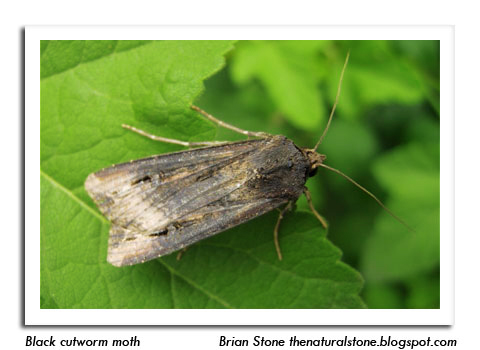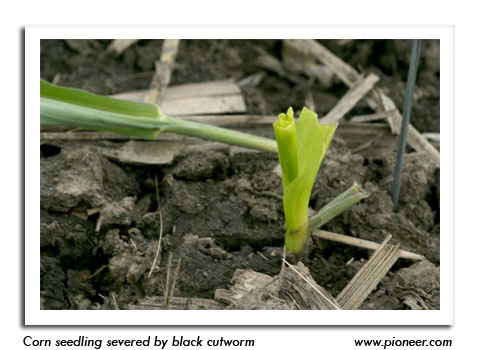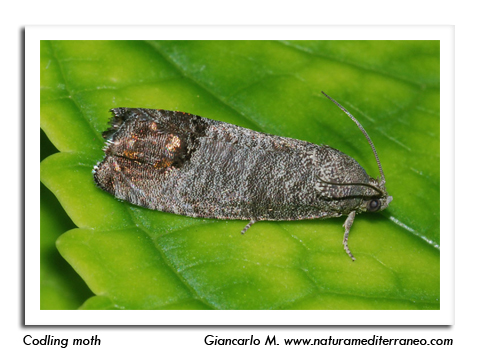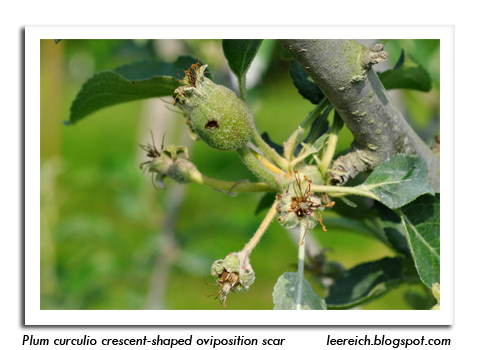
 |
|
|
Looking Ahead
Volume 63 Number 3 Date 05/17/2018 BLACK CUTWORM - Migration flights continued for the third consecutive week. Survey traps collected 449 moths from May 10-16, with 15 locations recording a second round of significant captures of nine or more moths in two days. The highest individual trap count for the week was 41 moths near Dodgeville in Iowa County. Early evidence of cutworm feeding could become detectable in emerging southwestern Wisconsin cornfields over the weekend of May 19-20, and the primary cutting window is expected to open in full by May 23 across much of the southern half of the state. ALFALFA WEEVIL - Larvae are appearing in southern and western Wisconsin alfalfa. Counts this week were low and defoliation was not observed. Sampling for larvae and leaf feeding damage should start by May 21 and continue through first harvest and early second-crop regrowth. A defoliation level affecting 40% or more of alfalfa stems in the first crop signals the larval population is high and early harvest would be beneficial. CODLING MOTH - Emergence is likely to begin next week in apple orchards where nightly temperatures are appropriate for moth flight (> 62°F). Close monitoring of traps next week is suggested to determine the "biofix" or first sustained moth capture on consecutive nights. EUROPEAN CORN BORER - Pupation of overwintered larvae is underway, and the first spring moths could emerge by May 20 near Janesville and May 25 near Hancock. Black light trap contents should be carefully inspected in the week ahead for early ECB moths. PLUM CURCULIO - A brief period of cool weather from May 11-13 temporarily slowed weevil migration into orchard perimeter trees, but the first adults and oviposition scars can be anticipated soon after petal fall. Apple growers are advised to examine early cultivars once fruits reach 5 mm for the crescent-shaped scars indicative of plum curculio egg laying. -- Krista Hamilton, DATCP Entomologist 





|
|
|